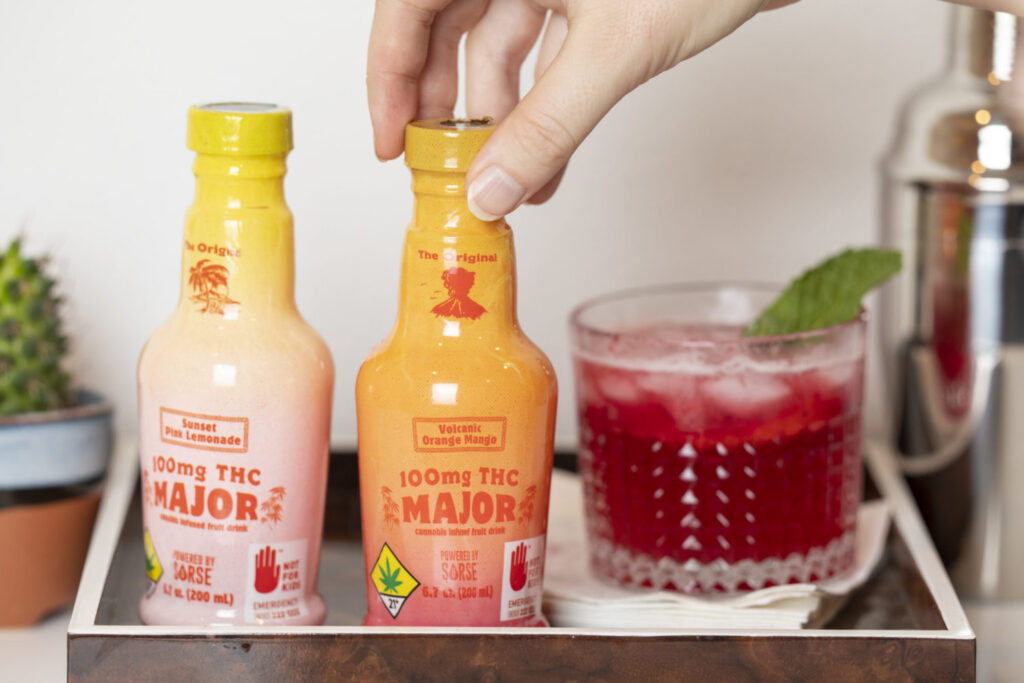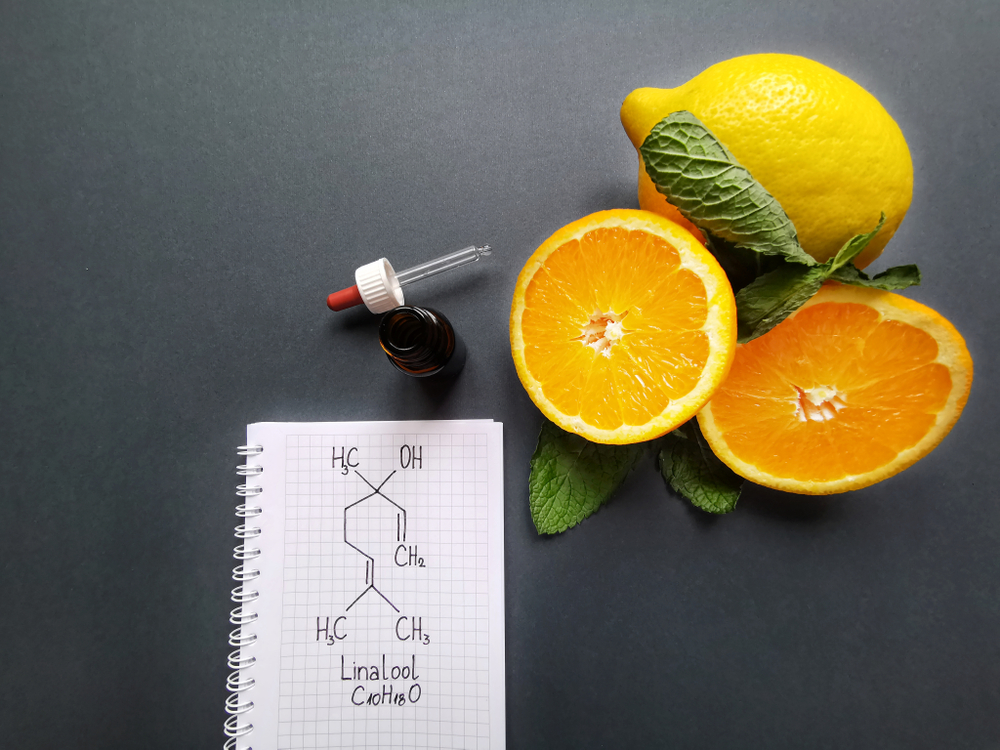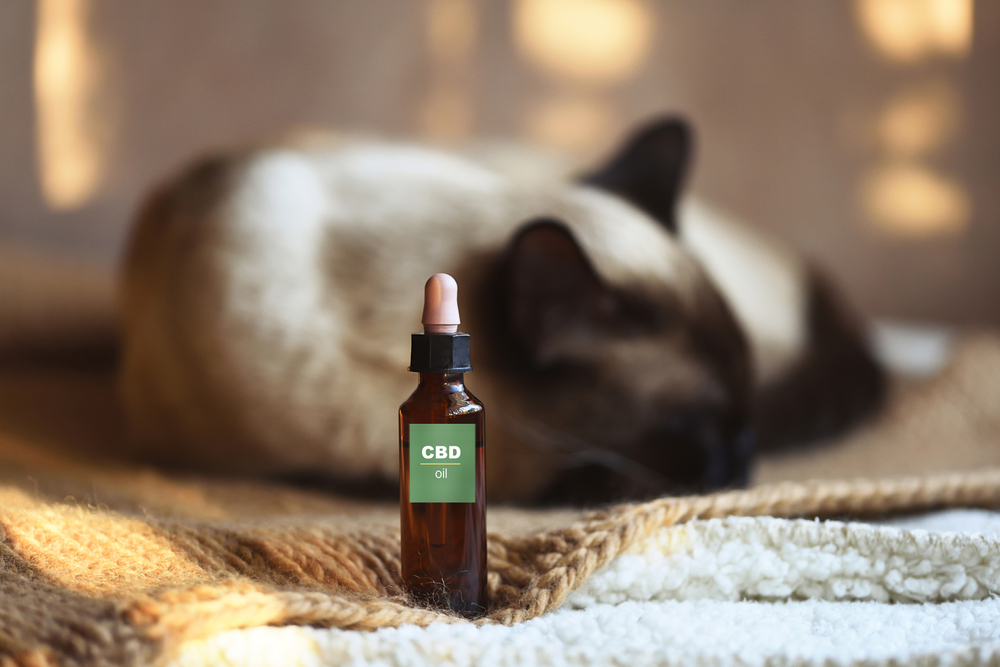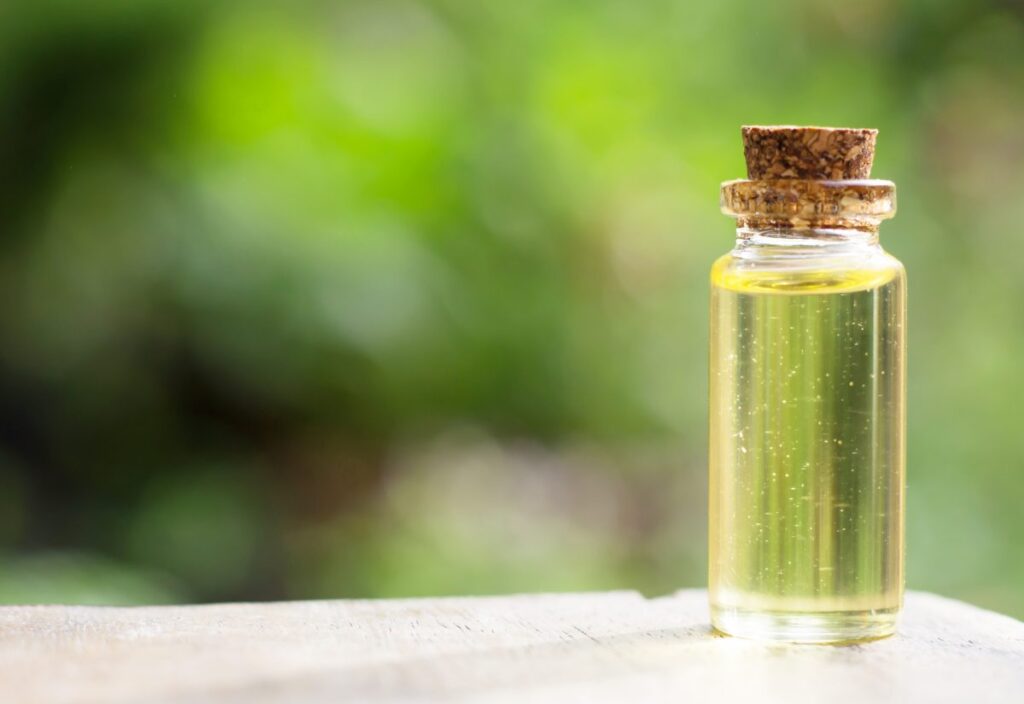SōRSE News & Blog
Home > News/Blog
More results...
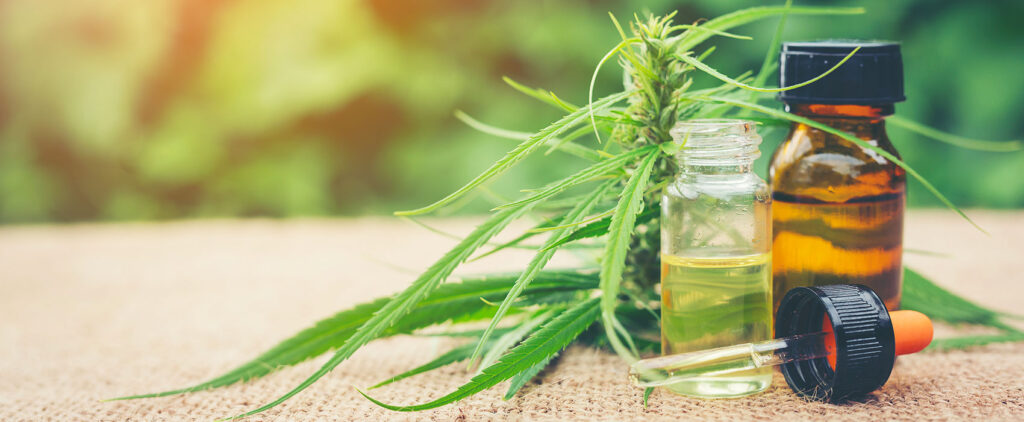
Full Spectrum, Broad Spectrum, and Isolate CBD: What’s the Difference?
What do they mean, and what’s the difference between them?
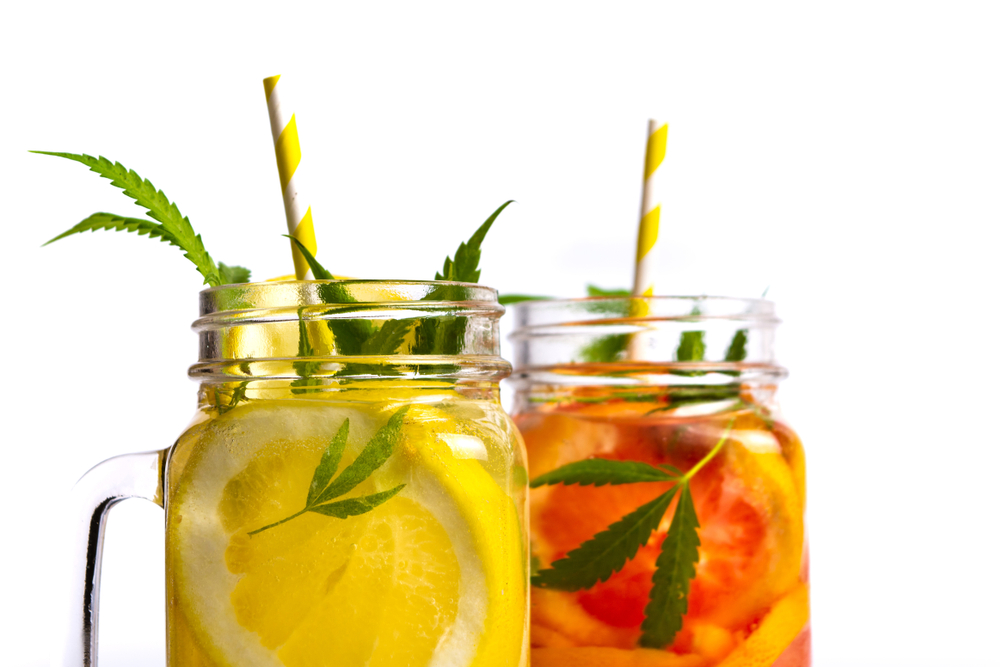
Why Do Most Cannabis Products Taste So Bad?
Cannabinoid extracts are intensely bitter, earthy, and difficult to work with.
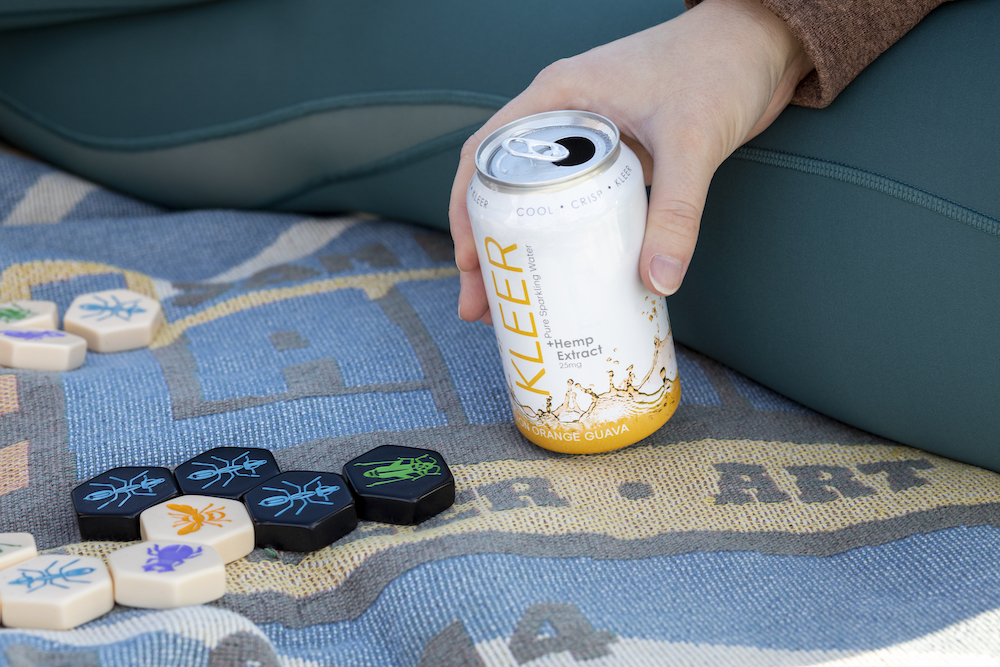
CBD Water: What is It, and is It Worth Purchasing?
Learn more about CBD water and if it’s worth purchasing!
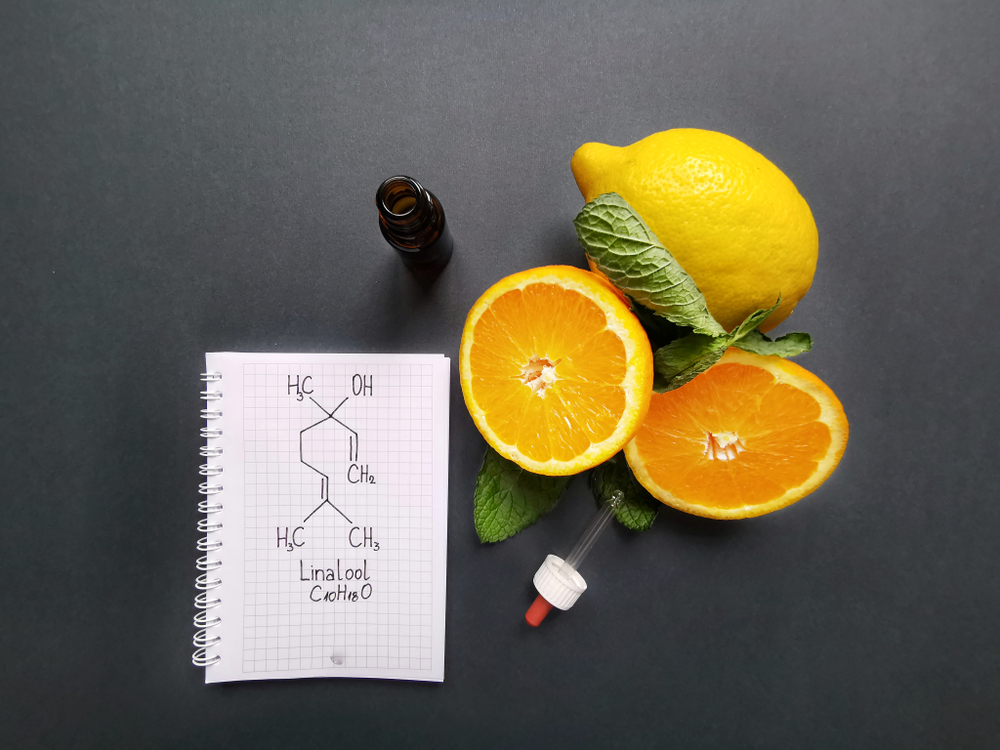
Head Magazine: Terpenes – The Key to Discovering Your Cannabis Palette
Read Michael’s byline on terpenes in Head Magazine!

With Age Comes Change: The Maturation of the Cannabis Industry
Learn how the cannabis industry has matured over the years!

Webinar: Introduction to CBD & Water-Soluble Emulsion Technology
Learn about CBD and emulsion tech in our webinar!








